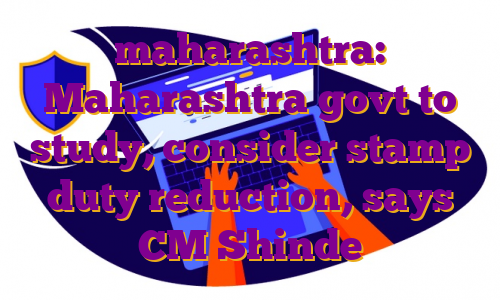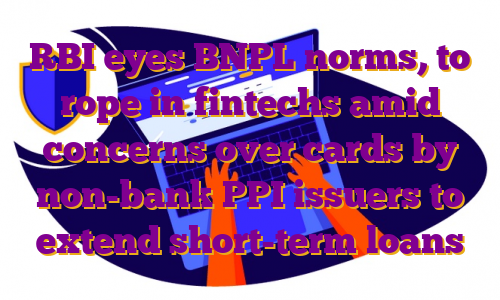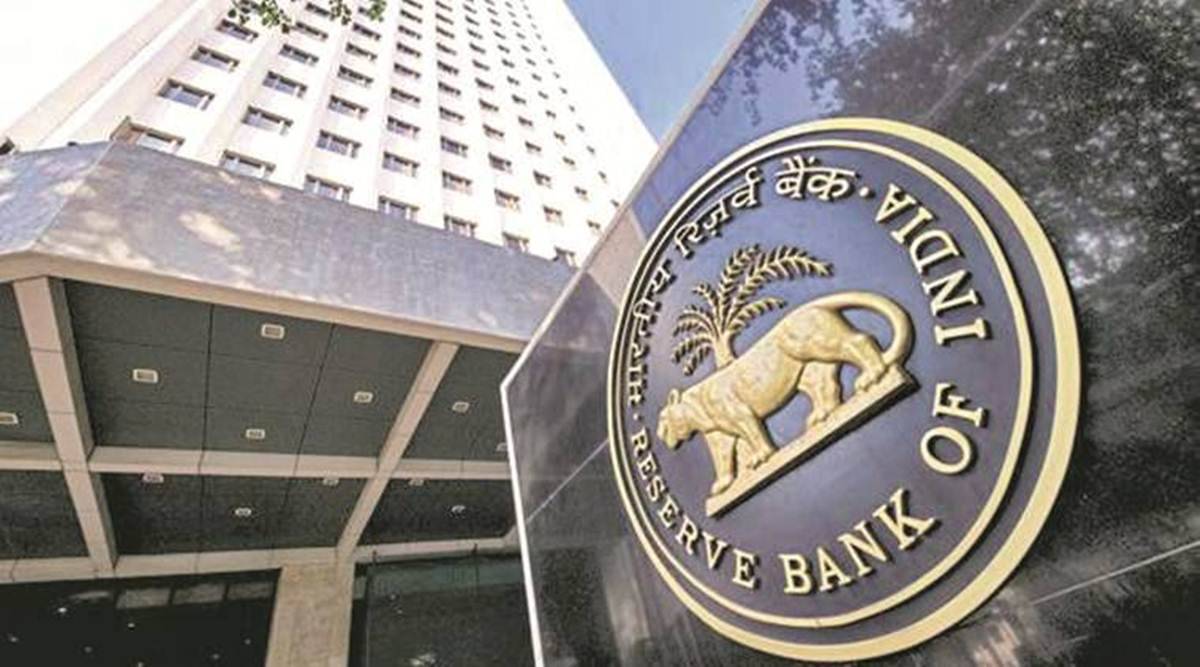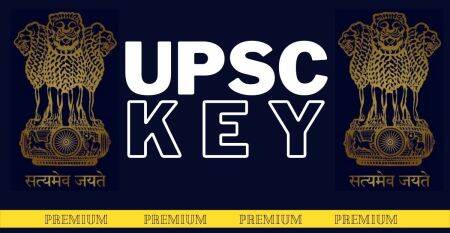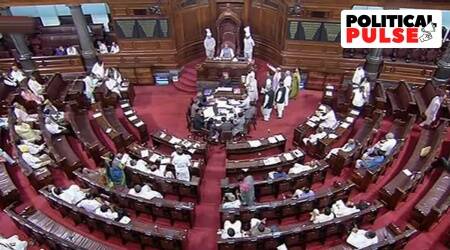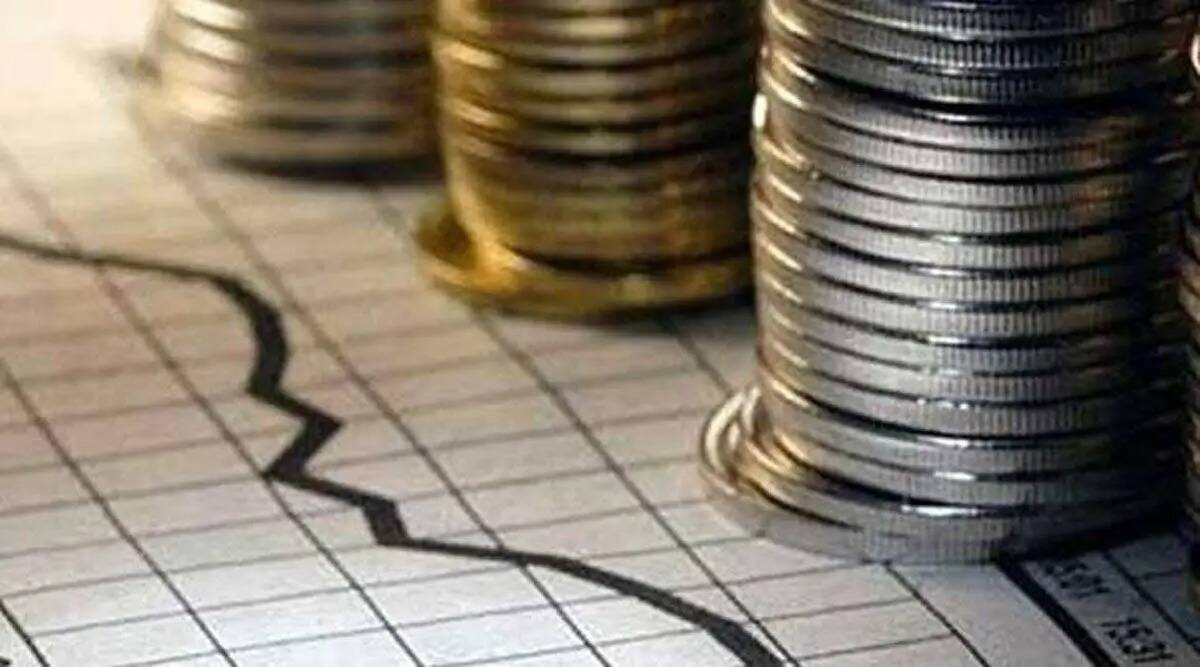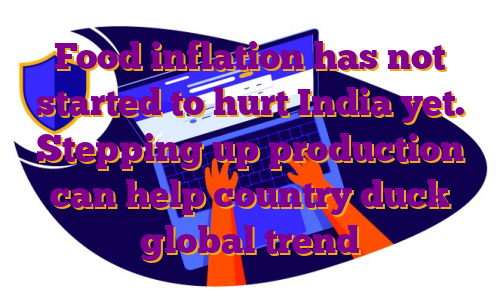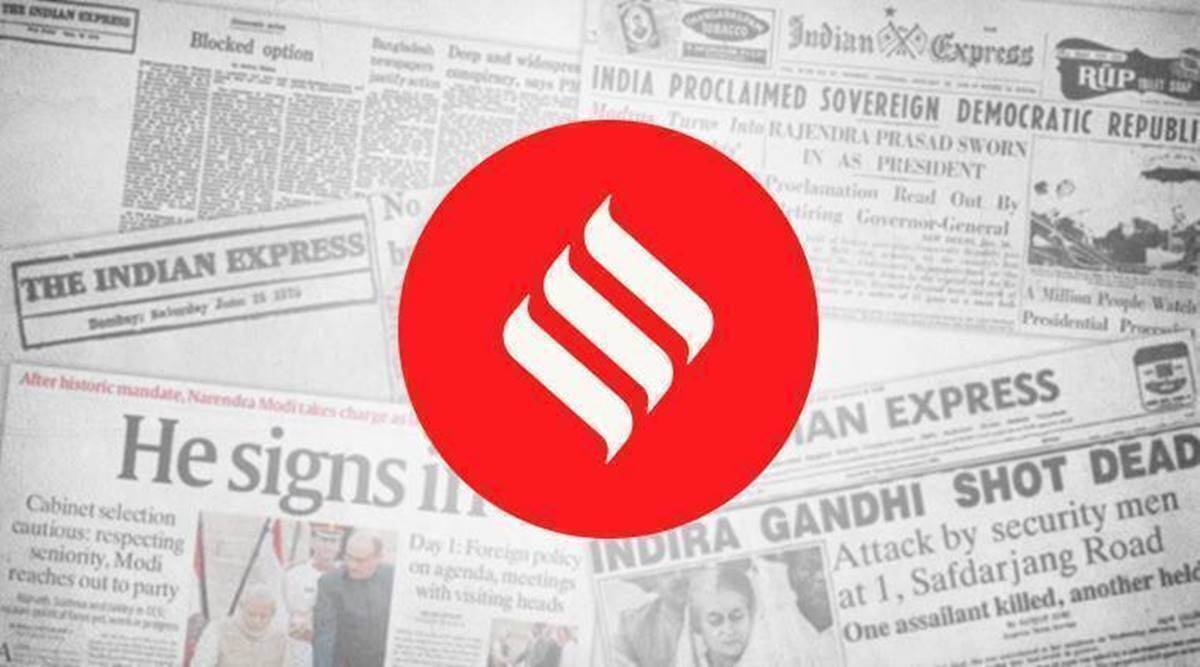The government of Maharashtra is looking to study and consider a reduction in stamp duty charges for registrations of property transactions, said Chief Minister Eknath Shinde while batting for a slum-free city with a push for affordable housing.
As a minister of Urban Development in the previous government, Shinde had already provided concessions on premium to the real estate industry that helped its revival to a large extent and is willing to extend support to the industry even now, he said.
The minister has asked real estate developers to send their detailed suggestions with respect to lower stamp duty, which will be discussed and reviewed in consultation with the finance department before taking any decision.
On Friday, the Reserve Bank of India hiked the repo rate by 50 basis points to 5.9% with immediate effect, much higher than the pre-pandemic level of 5.40%. This is the fourth successive hike in rates since May.
With the reversal in interest rate cycle, concerns over its likely impact on slow demand patterns have started to worry developers who are seeking government’s intervention.
Shinde was speaking at a property exhibition organised by realty developers’ body the National Real Estate Development Council (NAREDCO) Maharashtra. He was responding to a suggestion of NAREDCO, Maharashtra President Sandeep Runwal with respect to a reduction of stamp duty once again so that the benefits could be passed on to the homebuyers.
Rajan Bandhelkar, President of NAREDCO, India suggested that the government can reduce the stamp duty by 50% and the balance 50% could be borne by the industry.
Following the imposition of the metro cess, stamp duty on property registration in Pune and Mumbai, which are the country’s most expensive and largest real estate markets, have increased by one percentage point. In Mumbai, the stamp duty is now 6% of the asset’s value while it has risen to 7% in Pune, Nagpur, and Thane.
Mumbai, the country’s commercial capital, has been setting new benchmarks with property transactions over the last two years after the state government announced a limited-window stamp duty reduction.
With an objective of kick-starting the real estate sector and nearly 260 linked industries by encouraging housing sales, the state government had announced a reduction in stamp duty charges to 2% from 5% from September 2020 till the end of December 2020. Stamp duty was charged at 3% of the agreement value between January 2021 and March 31, 2021.
The significant but limited-period stamp duty reduction window that ended in March 2021, was a catalyst for the city’s residential market. While stamp duty rebates are not available now, the deals have continued to flow in.
The state government’s revenue collection through stamp duty charges has recorded its all-time high so far in 2022. The implementation of an additional 1% metro cess, combined with price increases and the sale of larger ticket size units, resulted in a 57% increase in revenue collection from January to September of this year, totalling Rs 6,658 crore.
.

